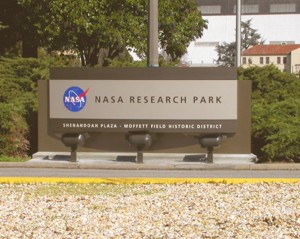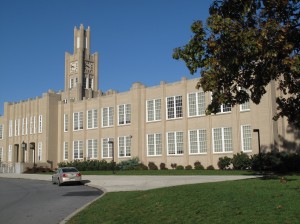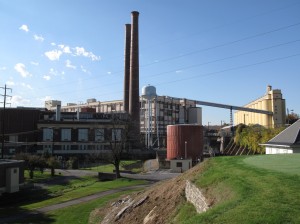
“I don’t want to say it’s the new company town,” reflects one real-estate executive of Google’s rapidly expanding domain, “but it’s not far from it.”
In an article penned by reporter Mike Swift, The Silicon Valley Mercury News describes how Google’s real-estate footprint has grown in the past four years to occupy more than 4 million square feet. And coming soon: a new Google corporate campus on Silicon Valley’s NASA base at Ames that will include employee housing. That new facility will add another 1.2 million square feet to the company’s real-estate holdings.
Swift also notes that Google is encouraging the city of Mountain View, California–the location of its much discussed Googleplex–to transform the area around its headquarters, adding more housing and retail establishments.
Just how many employees does Google foresee living and working at the NASA Ames Research Center? The company won’t say–nor will it even disclose the number of workers currently in Mountain View, although Swift estimates that there are 17,000. The complex at Ames is still in the planning stages, with construction scheduled to begin in 2013. Housing there could take up 10% of the new campus’s space, meaning perhaps 60 2,000-sq.-ft. dwellings.
Some people may be reluctant to use the term “company town,” with its negative connotations. But there is no other term–and history has shown that company towns need not be slums or Orwellian dystopias. In Mountain View, the company says it wants a “nurturing and regenerative” environment, complete with “vibrant community and work/life balance.” And maybe it has similar goals for the Ames campus.
In planning Hershey, Pennsylvania, Milton Hershey announced that he intended to build a community where there would be “no poverty, no nuisances, no evil.” Google, too, is down on evil–“Don’t be evil,” its informal motto instructs. So maybe, like Hershey, the Ames facility will be a home, sweet home. Here’s hoping.


